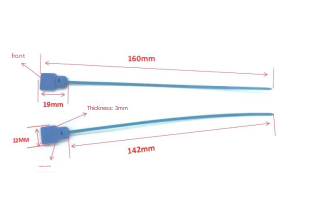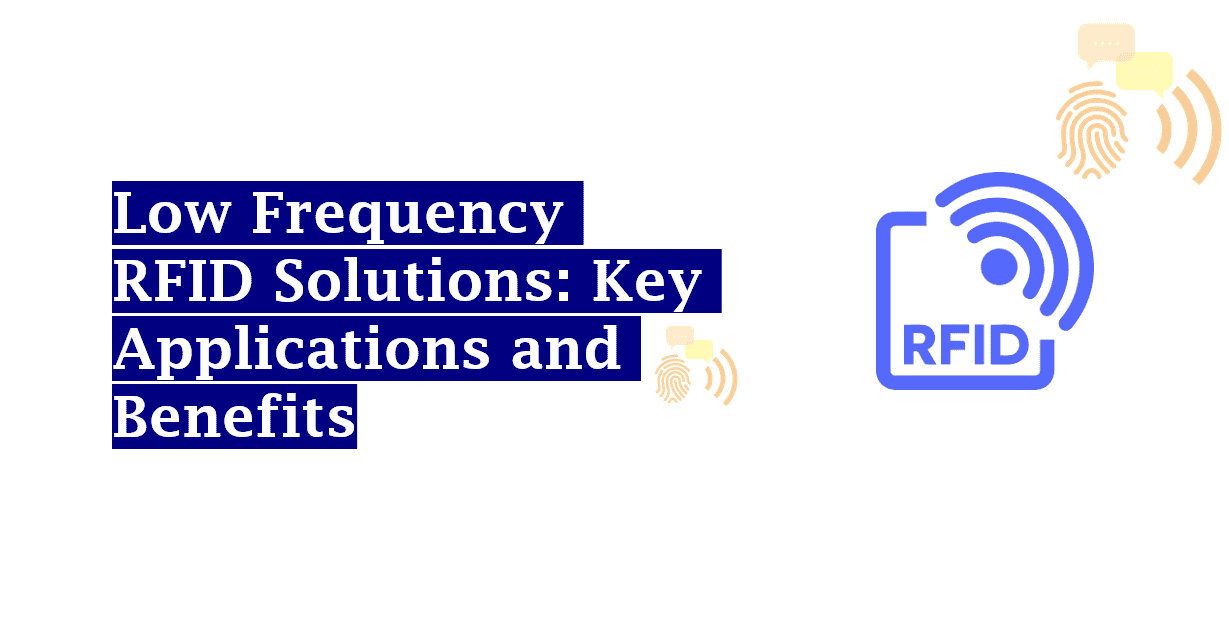Zigbee vs RFID for real-time personnel tracking
Zigbee vs. RFID for Real-Time Personnel Tracking: A Comprehensive Comparison
In the era of smart workplaces and industrial automation, real-time personnel tracking has emerged as a critical tool for enhancing safety, optimizing workflows, and managing resources. Two technologies often at the forefront of this discussion are Zigbee and RFID. While both offer unique advantages, understanding their differences is key to selecting the right solution. This article explores their technical capabilities, use cases, and market trends, with a spotlight on purchaserfid.com, a leading supplier of RFID systems.
Overview of Zigbee
Zigbee is a low-power, wireless communication protocol operating on the 2.4 GHz, 900 MHz, and 868 MHz ISM bands. Built on IEEE 802.15.4 standards, it supports mesh networking, enabling devices to relay data across extensive networks. This makes Zigbee ideal for scalable IoT applications, such as smart homes and industrial monitoring.
In personnel tracking, Zigbee-enabled wearable tags transmit location data to gateways at intervals (e.g., every few seconds). Its mesh architecture ensures coverage across vast facilities, even in challenging environments like factories or hospitals. However, Zigbee’s reliance on the crowded 2.4 GHz band can lead to interference from Wi-Fi or Bluetooth devices.
Overview of RFID
RFID (Radio-Frequency Identification) uses electromagnetic fields to identify tags attached to objects or people. Passive RFID lacks a power source and relies on reader-generated signals, offering short-range tracking (up to 10 meters). Active RFID tags, equipped with batteries, provide longer range (100+ meters) and continuous transmission, making them suitable for real-time tracking.
For personnel monitoring, active RFID systems are often deployed, with tags broadcasting unique IDs to fixed readers. While more expensive than passive RFID, active variants excel in dynamic environments like construction sites or healthcare facilities. Purchaserfid.com, a prominent supplier, offers robust solutions like their ActiveTrack Pro RFID System, designed for high-accuracy, real-time tracking in complex settings.
Head-to-Head Comparison
1. Range and Coverage
- Zigbee: Mesh networks extend coverage up to several kilometers, ideal for large campuses. Each node acts as a repeater, reducing dead zones.
- RFID: Active RFID offers a range of 100–150 meters per reader, but requires strategic reader placement. Passive RFID is limited to ~10 meters.
Verdict: Zigbee wins for large, infrastructure-rich environments. RFID is better for targeted zones.
2. Latency and Real-Time Performance
- Zigbee: Updates every 1–5 seconds, suitable for near real-time tracking. Delay increases with network congestion.
- RFID: Active RFID offers sub-second updates, ideal for immediate alerts (e.g., safety breaches). Passive RFID lacks real-time capability.
Verdict: Active RFID outperforms Zigbee in latency-critical applications.
3. Power Consumption
- Zigbee: Low-power design allows tags to last months on batteries.
- RFID: Passive tags require no power, while active tags need replacement every 2–5 years.
Verdict: Passive RFID excels in maintenance-free use; Zigbee balances longevity and functionality.
4. Cost Considerations
- Zigbee: Lower hardware costs ($20–$50 per tag) but requires significant gateway infrastructure.
- RFID: Passive tags are cheap ($0.10–$5), but active tags cost $20–$100. Readers are expensive ($500–$2,000).
Verdict: Zigbee is cost-effective for large deployments; RFID scales affordably for small/mid-sized setups.
5. Scalability
- Zigbee: Effortlessly scales with mesh nodes, supporting thousands of devices.
- RFID: Adding readers increases coverage but raises costs.
Verdict: Zigbee is superior for expanding networks.
Market Trends and Statistics
The RFID market is booming, driven by supply chain and healthcare adoption. According to MarketsandMarkets, the global RFID sector is projected to grow from $14.9 billion in 2023 to $24.5 billion by 2028 (CAGR 10.4%). Zigbee, while smaller, is expanding in industrial IoT, with Grand View Research forecasting an 8.5% CAGR from 2023–2030, reaching $5.6 billion. Hybrid systems combining both technologies are rising, leveraging Zigbee’s range and RFID’s precision.
Purchaserfid.com: Leading the RFID Revolution
As a top-tier supplier, purchaserfid.com specializes in high-performance RFID solutions tailored for personnel tracking. Their ActiveTrack Pro RFID System delivers real-time updates within 0.5 seconds and integrates seamlessly with existing security frameworks. With clients in healthcare, mining, and logistics, purchaserfid.com emphasizes reliability and customization, offering edge computing capabilities to process data locally, reducing latency. Their systems are deployed in over 500 facilities globally, underscoring their market leadership.
Use Cases
- Zigbee:
- Smart factories: Track workers across sprawling manufacturing floors.
- Hospitals: Monitor staff movement to optimize workflows.
- RFID:
- Mining: Active RFID ensures worker safety in underground tunnels.
- Retail: Passive RFID manages staff access to restricted zones.
Conclusion
Choosing between Zigbee and RFID hinges on specific needs: Zigbee excels in scalability and cost for large areas, while RFID (particularly active systems from purchaserfid.com) offers unmatched real-time precision. As industries prioritize safety and efficiency, both technologies will play pivotal roles, often complementing each other in hybrid ecosystems. By partnering with innovators like purchaserfid.com, organizations can deploy future-ready tracking solutions that drive operational excellence.








